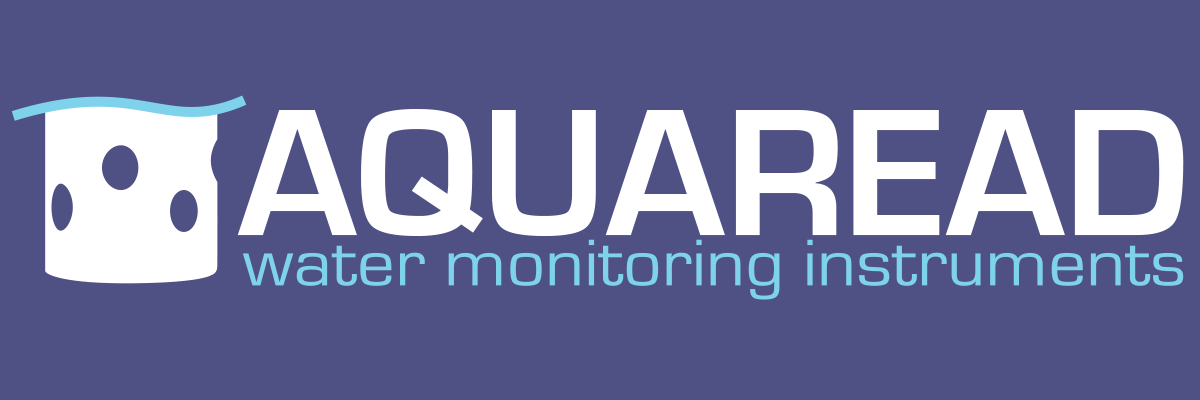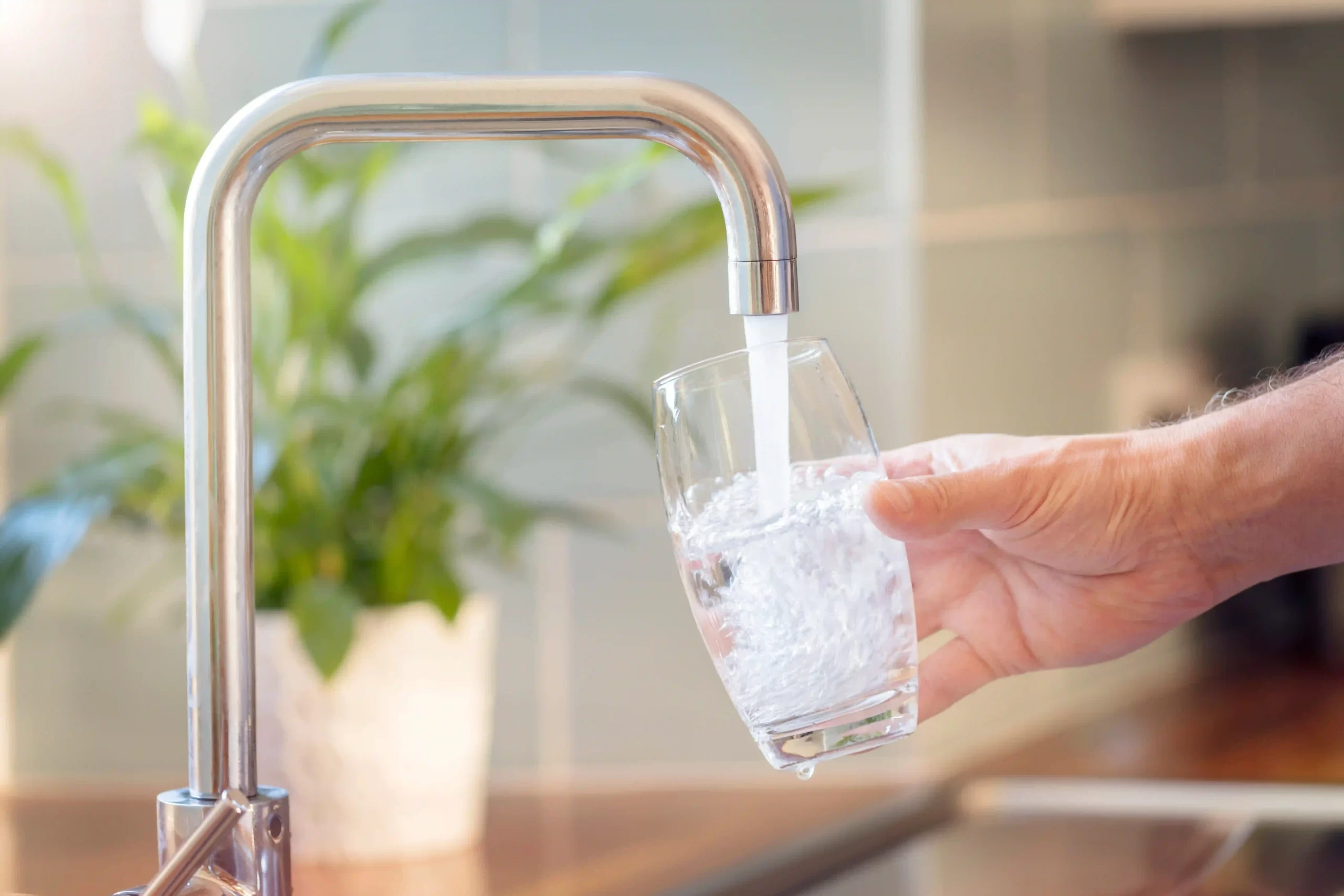According to a recent study, the average daily water usage per person in England and Wales was 146 litres.
Have you ever stopped to consider where the water in your tap comes from? The next time you pour yourself a glass of water, why not consider the journey behind it? Tap water embarks on a journey spanning hundreds of miles before reaching us — as well as undergoing rigorous treatment to ensure its safety for consumption.
In this blog, we delve into the intricate process that delivers clean water to our taps whenever we need it, covering where this water actually comes from and whether it is as good for us as we think.
What are the common drinking water sources?
There are a range of different water sources that are used for drinking water across the world. Each water source has its advantages and challenges, and ensuring access to safe and clean drinking water is crucial for public health and well-being. In the UK, drinking water comes from natural sources that are either groundwater or surface water – these are then sourced, treated, and sent to the taps in your homes. Let’s explore these in turn below.
Surface water
Surface water refers to any water that comes from water found on the earth’s surface — rivers, lakes, reservoirs, and streams, for example. Surface water is often collected in reservoirs and then treated before being distributed to our homes. There is, however, the chance that pollution from various sources such as agricultural runoff, industrial discharge, and urban runoff can be discharged into surface water, and be missed in the treating process.
That being said, surface water is a lot more accessible than groundwater, and is therefore relied upon a lot more. Here at Aquaread, we produce surface water monitoring applications which are focused on water quality and water level measurement. So, if you are unsure about the quality of your tap water, we can help.
Groundwater
Groundwater, on the other hand, refers to water that is stored beneath the earth’s surface in underground aquifers. Typically, groundwater is extracted by constructing wells or boreholes and is generally considered to be cleaner and less susceptible to pollution than surface water. However, groundwater can still become contaminated from sources such as leaking underground storage tanks, septic systems, and agricultural chemicals.
Aquaread also offers groundwater monitoring solutions which consist of taking water quality and water level measurements to be plotted and used to monitor changes in trends over time.
Removing large contaminants from water
As we have already established, large contaminants are effectively removed through centralised treatment processes. But water quality can still vary depending on factors such as:
- The condition of the distribution system
- Plumbing within buildings
- And potential sources of contamination
Large contaminants include particles, sediment, debris, and other visible impurities that can not only affect the aesthetics of water but also pose potential health risks to consumers.
Is tap water actually good for you?
So, we’ve established where your tap water comes from and the main sources. Now it’s time to see if tap water is actually good for you. It is clear that opting for tap water is the most environmentally friendly and cost-efficient form of drinking water. What’s more, according to Discover Water, British tap water has a quality rating of 99.96%, and it is very well-regulated in the UK.
Despite the tap water in the UK being generally considered safe for public consumption, many consumers opt for point-of-use filtration systems at home to further enhance water quality and safety. Some include:
- Mechanical filters
- Absorption filters
- Sequestration filters
- Ion Exchange filters
- Reverse Osmosis filters
With the majority of contaminants being removed before the water reaches your taps, depending on your location, you may find that your mains water causes limescale deposits that can block pipes and affect appliances. However, these problems can be easily solved by one of the water filtration devices outlined above.
So, in short, yes, tap water is safe. However, it is always recommended that you take an extra step and utilise an at-home water filtration system to ensure complete safety and taste.
Get monitoring with Aquaread
If you would like any further information about our surface water or groundwater water monitoring solutions, or about water quality monitoring in general, get in touch with our team.
If you’re looking for other water quality testing equipment, check out our range of products, or learn more on our blog.

